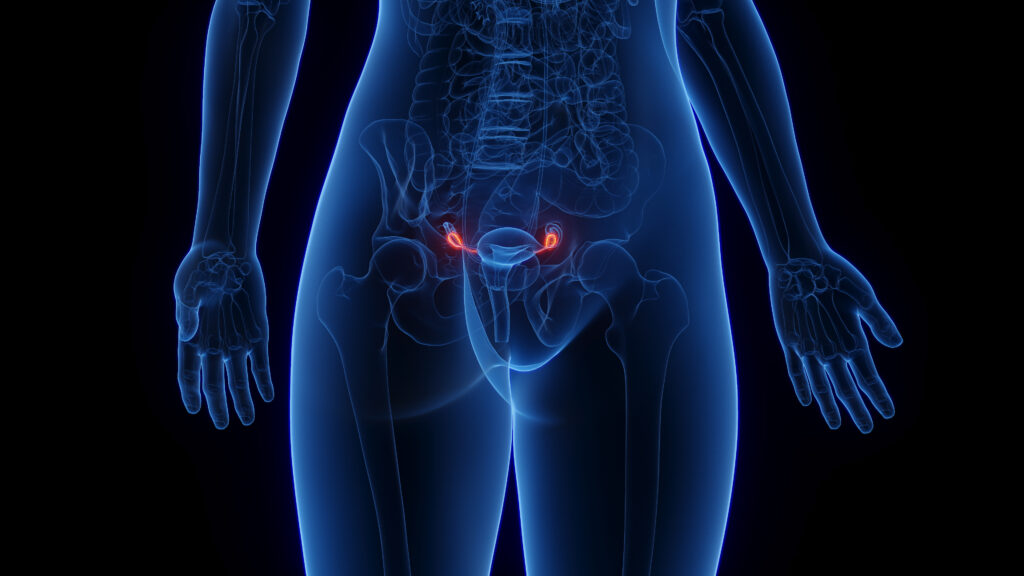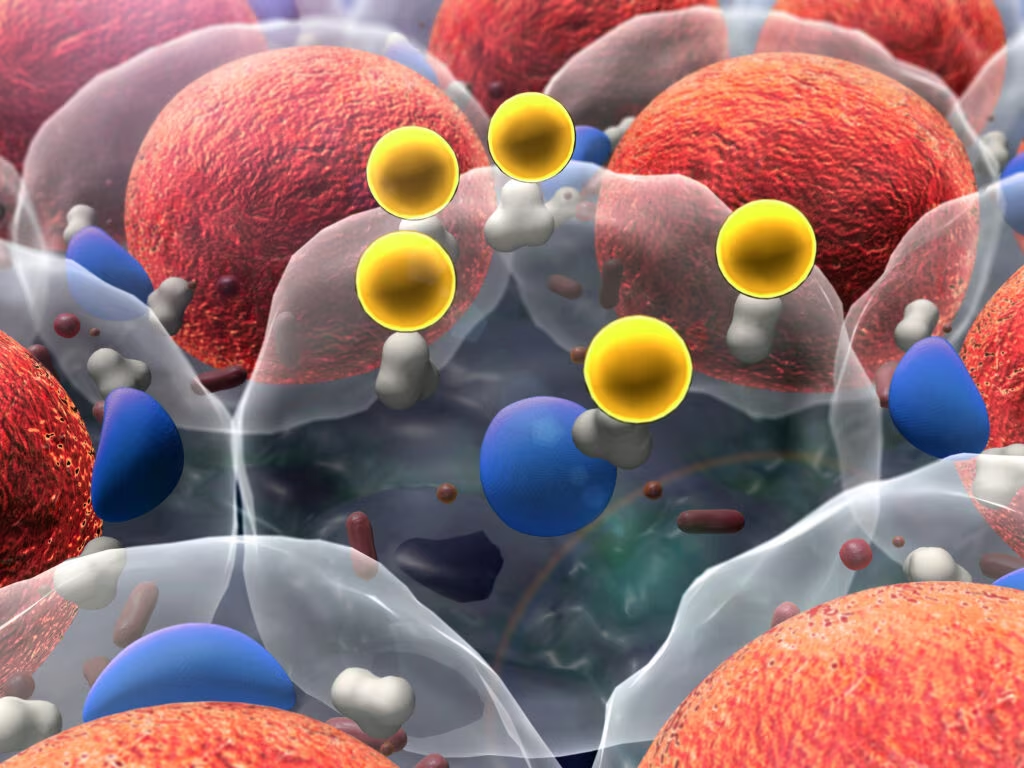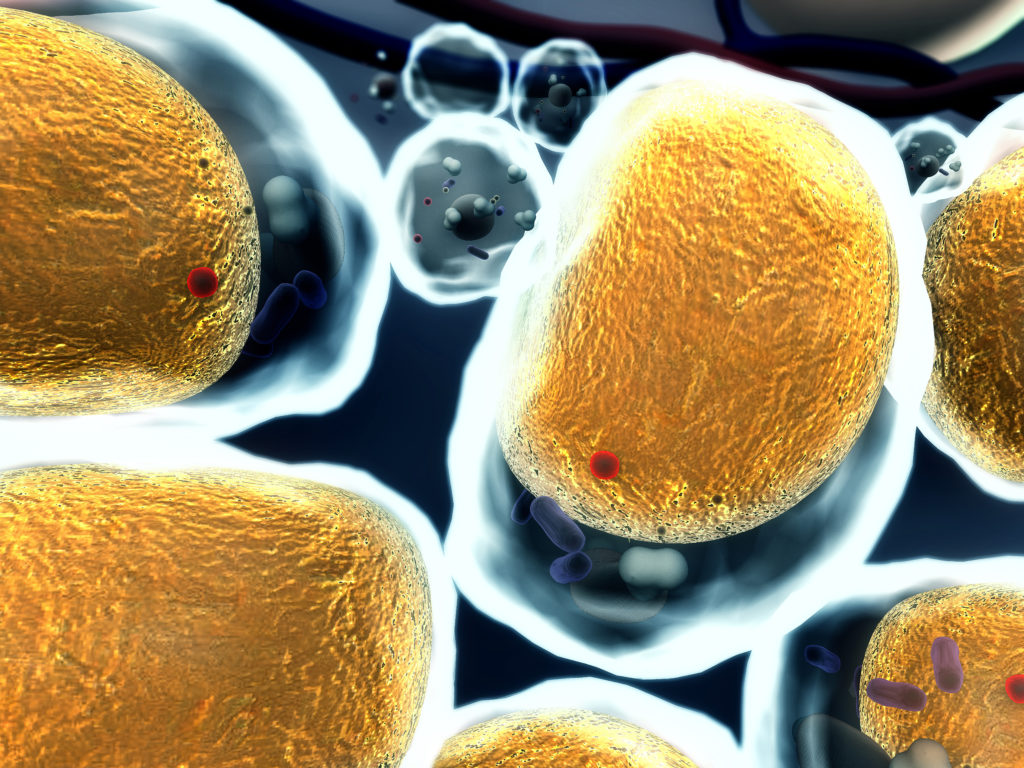Search Results
Showing Results for Cushing’s disease

As we continue advancing the field of endocrinology, I’m excited to spotlight the impactful work being done by the American Association of Clinical Endocrinology (AACE). Our mission is to elevate the practice of clinical endocrinology to improve global health. ...

Polycystic ovary syndrome (PCOS) is the most common endocrinopathy affecting women of reproductive age and is characterized by hyperandrogenism, anovulation and insulin resistance (IR).1 Women with PCOS have a high risk of developing type 2 diabetes (T2D), dyslipidaemia, hypertension and ...

It is with great pleasure that we present this latest issue of touchREVIEWS in Endocrinology, which brings together a diverse array of high-quality articles focused on the evolving landscape of endocrine disorders. The importance of patient-centred care is exemplified in ...

Welcome to the latest edition of touchREVIEWS in Endocrinology, which features a range of review, case report and original research articles that highlight some key developments in our understanding and management of endocrinological disease. We begin with a commentary from ...

Cushing’s disease (CD) is caused by an adrenocorticotropic hormone (ACTH)-secreting pituitary adenoma, or rarely carcinoma, and is considered a highly morbid endocrine disorder with few medical options.1,2 Although transsphenoidal pituitary surgery (TSS) is the mainstay of treatment for ...

Osilodrostat, a novel potent oral steroidogenesis inhibitor, has recently been approved for the treatment of adult patients with endogenous Cushing’s syndrome (CS), and Cushing’s disease (CD) not cured by pituitary surgery or in whom pituitary surgery is not ...

Cushing’s disease (CD), or pituitary-dependent Cushing’s syndrome, is almost always caused by corticotroph tumours, a type of pituitary neuroendocrine tumour, which overproduces adrenocorticotrophic hormone (ACTH), ultimately leading to hypercortisolism and its associated clinical consequences, including increased mortality.1 The ...

Hypertension affects up to 40% of the adult population worldwide,1 and according to the World Health Organization’s 2021 estimates, globally 1.28 billion adults between 18 and 79 years are affected.2 Of these, 85% have essential hypertension3 and the remainder have secondary hypertension, which is potentially ...

Article highlights Lavender and tree tea oils have in vitro oestrogenic and antiandrogenic activity. It has been postulated that these oils may cause prepubertal gynaecomastia and premature thelarche. The association is based on a small number patients (N=12) described in ...

Pituitary tumours (PTs) are located in the sella turcica, which surrounds the adenohypophysis and neurohypophysis. PTs range from asymptomatic incidentalomas to symptomatic aggressive neoplasms, such as invasive neoplasms or pituitary carcinomas.1 Symptomatic lesions can be characterized either by hormonal overproduction ...

Hear multidisciplinary team and patient insights on the medical management of Cushing’s disease.

Postmenopausal state is associated with changes in the hormonal milieu characterized by reduced oestrogen, increased gonadotrophins and a small increase in testosterone levels.1,2 As a result, it is not uncommon for women in postmenopausal age group to show mild increases ...

Immune checkpoints are small molecules that are present on the cell surface of T lymphocytes to regulate the immune response. While some of these molecules enhance the stimulatory signals, others boost the inhibitory signals to blunt the activity of T ...

Oncocytomas are epithelial tumours composed of cells with eosinophilic, mitochondria-rich cytoplasm.1 They can occur in various organs, such as the kidneys, thyroid, pituitary gland, salivary glands and parathyroid glands. Rarely, it has been reported in the respiratory and gastrointestinal tracts.2–4 ...

Adrenocortical carcinoma (ACC) is a rare malignancy, and presentation as bilateral adrenal masses and acute adrenal insufficiency is even rarer. Due to the relative commonality of other causes for bilateral adrenal masses, such as metastases or infiltrative diseases, they take ...

Takotsubo cardiomyopathy (TCMP), also known as ‘broken heart syndrome’ or ‘stress cardiomyopathy’, is a well-characterised condition. It presents in the acute phase with clinical, biochemical and electrocardiographic features similar to acute myocardial infarction. However, on performing an angiogram, the patient ...

McCune–Albright syndrome (MAS) is a genetic disorder first described by McCune1 and Albright2 in the 1930s as a triad of polyostotic fibrous dysplasia, café-au-lait spots, and precocious puberty (Figure 1). Since then, other hyperfunctioning endocrinopathies have been described in ...
Latest articles videos and clinical updates - straight to your inbox
Log into your Touch Account
Earn and track your CME credits on the go, save articles for later, and follow the latest congress coverage.
Register now for FREE Access
Register for free to hear about the latest expert-led education, peer-reviewed articles, conference highlights, and innovative CME activities.
Sign up with an Email
Or use a Social Account.
This Functionality is for
Members Only
Explore the latest in medical education and stay current in your field. Create a free account to track your learning.


